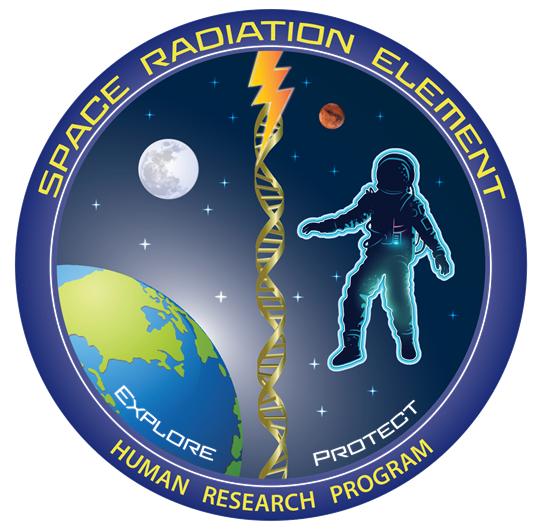The Galactic Cosmic Ray Simulator at the NASA Space Radiation Research Laboratory
Lisa C. Simonsen, Tony C. Slaba, Peter Guida, Adam Rusek12/16/2020
Abstract
With NASA's new Artemis plan for a sustainable return to the moon, astronauts will once again leave Earth's protective magnetosphere only to endure higher levels of radiation from galactic cosmic radiation (GCR). The ever penetrating GCR will continue to pose significant health risks especially as lunar missions increase in duration and as NASA sets its aspirations on Mars. The primary risks of concern include carcinogenesis, central nervous system(CNS) effects resulting in potential in-mission cognitive or behavioral impairment and/or late neurological disorders, and degenerative tissue effects including circulatory and heart disease. Characterization and mitigation of these risks requires a significant reduction in the large biological uncertainties of chronic (low-dose rate) heavy ion exposures and the validation of countermeasures in a relevant space environment. Historically, most research on understanding space radiation-induced health risks has been performed using acute exposures of monoenergetic single-ion beams. However, the space radiation environment consists of a wide variety of ion species over a broad energy range. Using the fast beam switching and controls systems technology recently developed at the NASA Space Radiation Laboratory at Brookhaven National Laboratory, a new era in radiobiological research is possible. NASA has developed the "GCR simulator" to generate a spectrum of ion beams that approximates the primary and secondary GCR field experienced at human organ locations within a deep-space vehicle.


